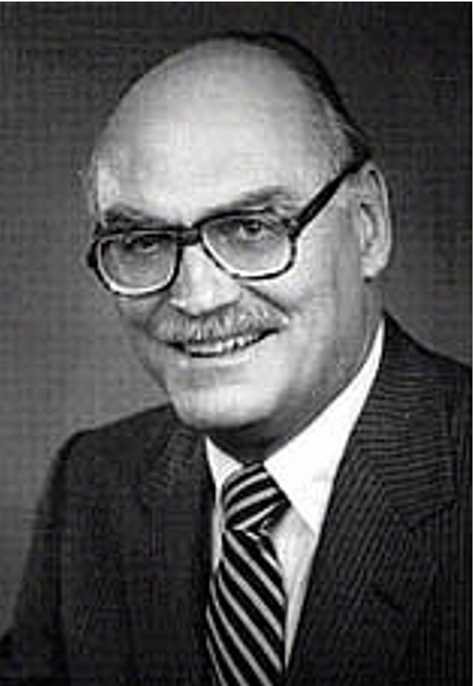The Deaf Representatives
on the Advisory Council of the Utah Schools for the Deaf and the Blind
Compiled & Written by Jodi B. Kinner
Edited by Bronwyn O’Hara & Valerie G. Kinney
Published in 2013
Updated in 2024
Edited by Bronwyn O’Hara & Valerie G. Kinney
Published in 2013
Updated in 2024
Author's Note
I am grateful that I had the opportunity to serve on the Institutional Council of the Utah Schools for the Deaf and the Blind, where I witnessed firsthand the importance of Deaf representation on the advisory council. In 1981, following the death of Ned C. Wheeler, a Deaf representative, a hearing person was appointed to his seat. After seven years of battling, W. David 'Dave' Mortensen, President of the Utah Association for the Deaf, persistently advocated appointing two Deaf representatives, Dr. Robert G. Sanderson and Dennis Platt, to the council in 1987. This was a crucial step towards necessary representation, which allowed the Utah Deaf community, including myself, to voice our concerns and lobby for change. Throughout my tenure, I worked closely with the Utah Deaf community and parents of Deaf and hard of hearing children, listening to their needs and advocating for their rights. Together, we lobbied the Utah Legislature to amend the 2009 House Bill (HB) 296, which governed the Utah Schools for the Deaf and the Blind. On March 25, 2009, Utah Governor Jon Huntsman, Jr., signed the bill into law, a significant amendment that would end Utah's promotion of mainstreaming and allow for on-campus education for students. This change brought a new sense of empowerment and hope to the Utah Deaf community. The signing ceremony was held on April 30, 2009. With the support of parents and the Utah Deaf community, we initiated the 2009 Senate Bill (SB) 201, which secured funding for a permanent school building. Governor Jon Huntsman, Jr. also signed SB 201 on March 25, 2009, another historic moment. The Institutional Council remains a vital platform for Deaf representatives to advocate for the Deaf, Hard of Hearing, DeafBlind, and DeafDisabled. With such representation, our voices may be effectively heard, and our concerns may be addressed.
Reflecting on my journey, I am deeply grateful for the opportunity to serve on the Institutional Council of the Utah Schools for the Deaf and the Blind. This experience, enriched by Dave Mortensen's persistent efforts to include Deaf representatives, has been a transformative one. It has allowed me to make a significant difference in Utah's deaf educational system, a journey that I can only describe as fascinating and rewarding.
Thank you, Dave!
Jodi Becker Kinner
Reflecting on my journey, I am deeply grateful for the opportunity to serve on the Institutional Council of the Utah Schools for the Deaf and the Blind. This experience, enriched by Dave Mortensen's persistent efforts to include Deaf representatives, has been a transformative one. It has allowed me to make a significant difference in Utah's deaf educational system, a journey that I can only describe as fascinating and rewarding.
Thank you, Dave!
Jodi Becker Kinner
Repeated Requests by the
Deaf Community Were Ignored
Deaf Community Were Ignored
Since 1945, the Utah Schools for the Deaf and the Blind have had Deaf representatives serving on its advisory board. However, the Governor's Advisory Council replaced Ned C. Wheeler, a 1933 graduate of the Utah School for the Deaf, with a hearing person after his death in 1981. The Utah Association for the Deaf (UAD) passionately pleaded for a Deaf person to succeed Ned, but instead appointed a hearing individual. The Utah Deaf community continued to advocate for representation, recognizing the unique perspective a Deaf person brings, and their voices echoed through the years.
Three years later, in 1984, the Utah Association for the Deaf asked Utah Governor Scott Matheson to appoint a Deaf person to the Institutional Council of the Utah Schools for the Deaf and the Blind. Instead of responding, Governor Matheson directed them to the Utah State Board of Education (USBE). The state board replied that they would consider the proposal if a vacancy on the council became available (Mortensen, UAD Bulletin, June 1985). Because of the issue's significance, UAD President W. David Mortensen, also known as Dave, requested a meeting with G. Leland Burningham, the State Superintendent of Public Instruction, in February 1984.
Three years later, in 1984, the Utah Association for the Deaf asked Utah Governor Scott Matheson to appoint a Deaf person to the Institutional Council of the Utah Schools for the Deaf and the Blind. Instead of responding, Governor Matheson directed them to the Utah State Board of Education (USBE). The state board replied that they would consider the proposal if a vacancy on the council became available (Mortensen, UAD Bulletin, June 1985). Because of the issue's significance, UAD President W. David Mortensen, also known as Dave, requested a meeting with G. Leland Burningham, the State Superintendent of Public Instruction, in February 1984.
UAD President Mortensen aimed to ensure representation for the Utah Deaf community. Dr. Burningham informed him in April of that year that the Governor's Advisory Council for USDB had changed its name to the Institutional Council (Dabling, The Salt Lake Tribune, May 24, 1984). Dave filed a complaint with the Utah State Board of Education on May 23, 1984, regarding the lack of Deaf representation on the Institutional Council. Dave raised concerns about appointing a hearing person to replace the deceased Deaf member, Ned C. Wheeler, and questioned the lack of a Deaf person to fill the vacancy (Dabling, The Salt Lake Tribune, May 24, 1984).
The Institutional Council selected a new member in April 1985 who was not deaf. The Institutional Council rejected two Deaf applicants despite inviting submissions from the Utah Deaf community. This caused outrage within the Deaf community. President Mortensen expressed his concern by stating, "What does this mean…? We have returned to our beginnings in 1970, once again experiencing subjugation and marginalization as 'handicapped beings' incapable of participating in the decision-making process for the Deaf community (Mortensen, UAD Bulletin, June 1985).
In March 1986, the Utah Association for the Deaf sent an official letter to Governor Norm Bangerter and State Superintendent of Public Instruction Bernarr Furse, requesting the appointment of a Deaf person to the Institutional Council. This was a significant step, a testament to the community's determination to be represented. However, despite their efforts, there was no movement. Dave, a vocal advocate, expressed concern about the lack of a Deaf representative on the Institutional Council to the USDB Institutional Council five months later, on August 3, 1986. He also mentioned that they had communicated their concerns to Bernarr, who understood the problem but had limited involvement. Dave also noted a vacancy coming up, and it seemed that some Deaf individuals had applied (Auer, The Salt Lake Tribune, August 3, 1986).
The Institutional Council selected a new member in April 1985 who was not deaf. The Institutional Council rejected two Deaf applicants despite inviting submissions from the Utah Deaf community. This caused outrage within the Deaf community. President Mortensen expressed his concern by stating, "What does this mean…? We have returned to our beginnings in 1970, once again experiencing subjugation and marginalization as 'handicapped beings' incapable of participating in the decision-making process for the Deaf community (Mortensen, UAD Bulletin, June 1985).
In March 1986, the Utah Association for the Deaf sent an official letter to Governor Norm Bangerter and State Superintendent of Public Instruction Bernarr Furse, requesting the appointment of a Deaf person to the Institutional Council. This was a significant step, a testament to the community's determination to be represented. However, despite their efforts, there was no movement. Dave, a vocal advocate, expressed concern about the lack of a Deaf representative on the Institutional Council to the USDB Institutional Council five months later, on August 3, 1986. He also mentioned that they had communicated their concerns to Bernarr, who understood the problem but had limited involvement. Dave also noted a vacancy coming up, and it seemed that some Deaf individuals had applied (Auer, The Salt Lake Tribune, August 3, 1986).
Superintendent Furse stated that he couldn't recall receiving such a request. He mentioned, "I'm not aware of such a request. I'm not sure if any of the board members were questioned. I can only say that I receive hundreds of letters." He added, "It's quite difficult to have all of the organizations that believe they should have a voice effectively represented. Everyone has the right to make recommendations," as reported by Darrell McCarty, an associate state superintendent (Auer, The Salt Lake Tribune, August 3, 1986). The Utah Association for the Deaf, on the other hand, expressed that their requests had received repeated disregard.
In 1986, UAD President Mortensen collaborated with the state government to pass a statute guaranteeing two Deaf representatives seats on the USDB Institutional Council (UAD Bulletin, November 1999). The first two Deaf individuals appointed to the Institutional Council were Dr. Robert G. Sanderson and Dennis Platt, who took their seats in 1987. Since then, Deaf representatives have served on the council, advocating for Deaf children's education, as shown below.
In 1986, UAD President Mortensen collaborated with the state government to pass a statute guaranteeing two Deaf representatives seats on the USDB Institutional Council (UAD Bulletin, November 1999). The first two Deaf individuals appointed to the Institutional Council were Dr. Robert G. Sanderson and Dennis Platt, who took their seats in 1987. Since then, Deaf representatives have served on the council, advocating for Deaf children's education, as shown below.
Deaf Individuals Who have Served on the
USDB Advisory Council / Institutional Council
USDB Advisory Council / Institutional Council
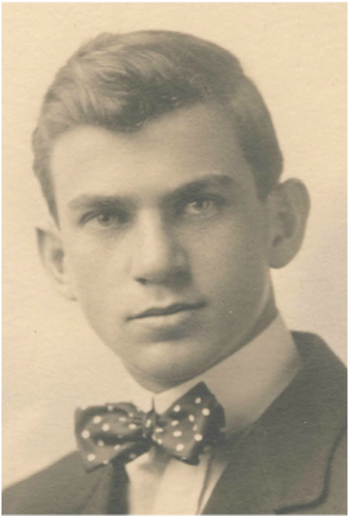 Ray G. Wenger
Ray G. Wenger
Ray G. Wenger, a 1913 graduate of the Utah School for the Deaf, served on the USDB Governor’s Advisory Council from 1945 to 1968.
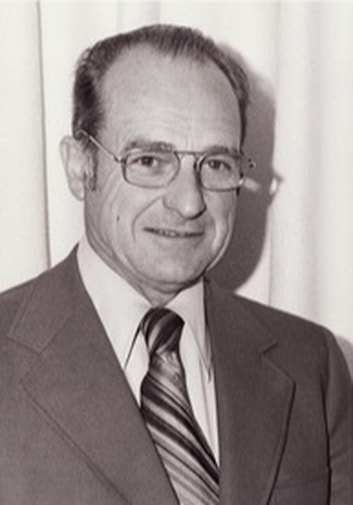 Ned C. Wheeler
Ned C. Wheeler
Ned C. Wheeler, a 1933 graduate of the Utah School for the Deaf, served on the USDB Governor’s Advisory Council from 1968 to 1981. The Governor’s Advisory Council changed its name to the USDB Institutional Council in 1981. Ned had served as chairman during part of his tenure.
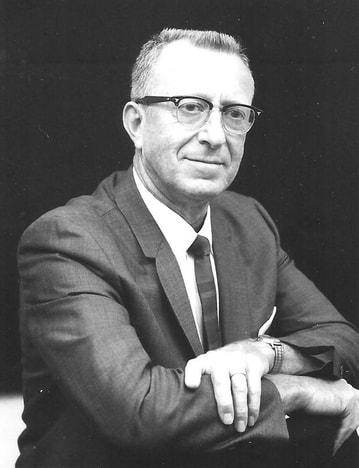 Dr. Robert G. Sanderson
Dr. Robert G. Sanderson
Dr. Robert G. Sanderson, a 1936 graduate of the Utah School for the Deaf, served on the USDB Institutional Council from 1987-2004. He served as chairman during part of his tenure.
 Dennis Platt
Dennis Platt
Dennis Platt served on the USDB Institutional Council from 1987-1990 and 1995 to 2008. He had served as chairman during part of his tenure.
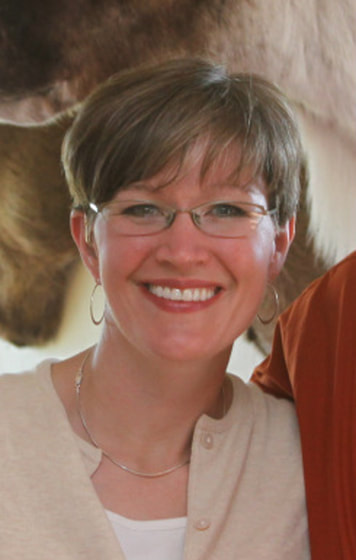 Jodi Becker Kinner
Jodi Becker Kinner
Jodi Becker Kinner served on the USDB Institutional Council from 2004 to 2008. The Institutional Council was renamed to the USDB Advisory Council in 2009. She was reappointed in 2008 and served until 2010.
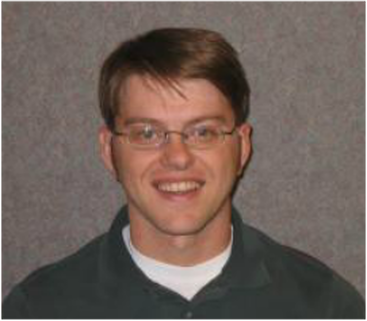 Scot Ferre
Scot Ferre
Scot Ferre served on the USDB Advisory Council from 2008 to 2013.
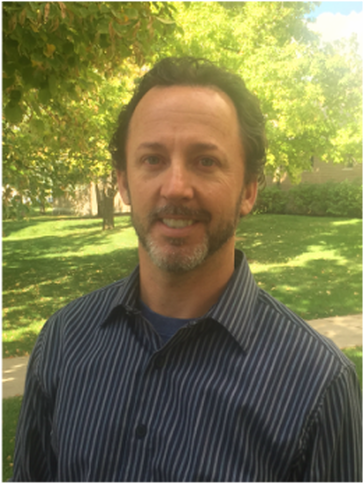 Jeff W. Pollock
Jeff W. Pollock
Jeffrey W. Pollock served on the USDB Advisory Council from 2011 to 2013.
 Dan V. Mathis @ University of Washington
Dan V. Mathis @ University of Washington
Dan V. Mathis served on the USDB Advisory Council from 2013 to 2016.
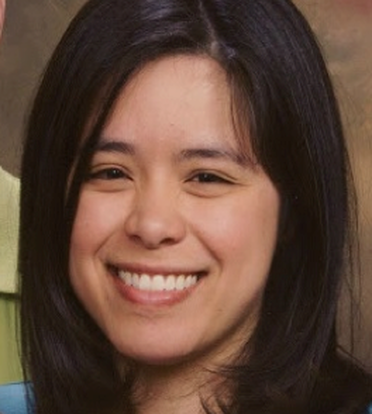 Erika Smith
Erika Smith
Erika Smith served on the USDB Advisory Council from 2013 to 2014.
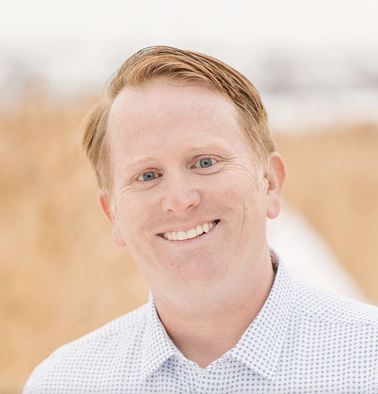 Jared Allebest
Jared Allebest
Jared Allebest was appointed on the Advisory Council from 2015 to to 2021. He represented the Listening and Spoken Language.
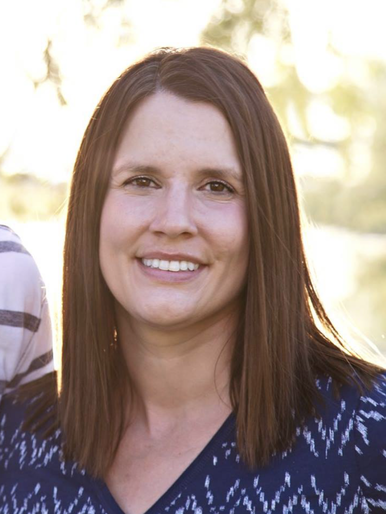 Stephanie Morgan
Stephanie Morgan
Stephanie Morgan, as a Deaf Education teacher, was appointed on the Advisory Council from 2015 to 2017. She represented the USDB teachers.
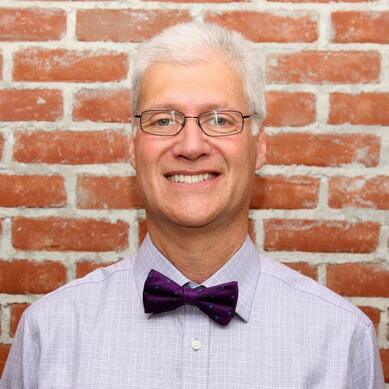
Philippe Montalette was appointed on the Advisory Council from 2016 to 2021. He represented the ASL/English Bilingual.
From 1945 to 2013, for 68 years, Deaf individuals served on the council that provided oversight and guidance for the Utah Schools for the Deaf and Blind. These individuals represented the American Sign Language Deaf community of Utah. Erika Smith, a Deaf individual representing the Listening and Spoken Language community, has joined the council for the first time in its history. Since then, two LSL and ASL representatives have joined the council to represent their communities. The USDB Advisory Council will update this webpage with a list of Deaf and hard of hearing representatives as their membership changes.
Will add references later

